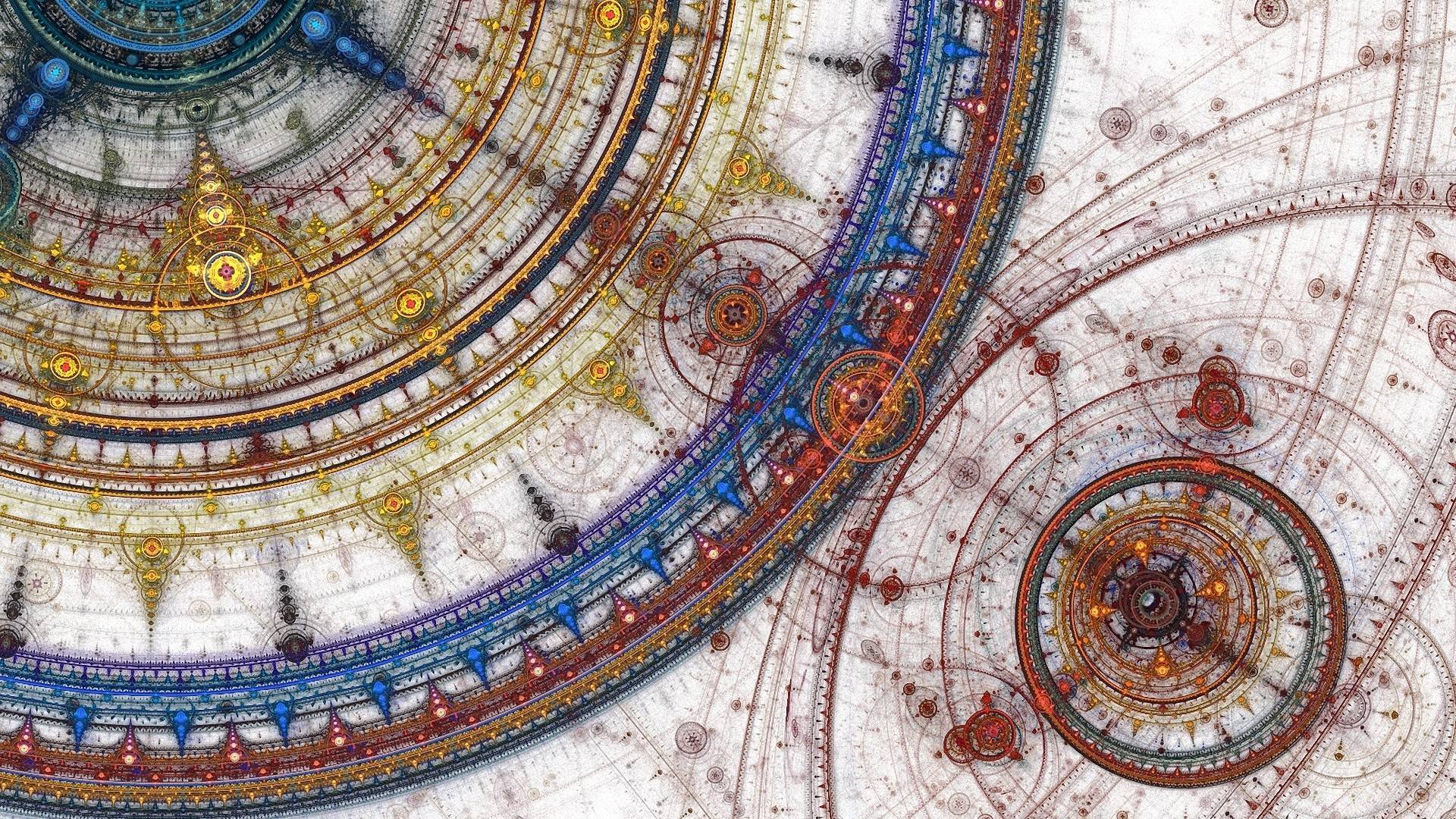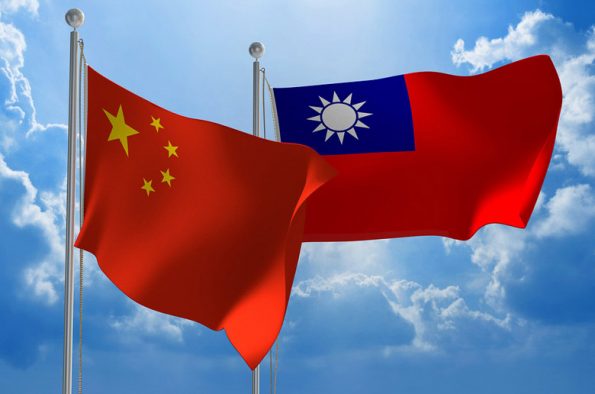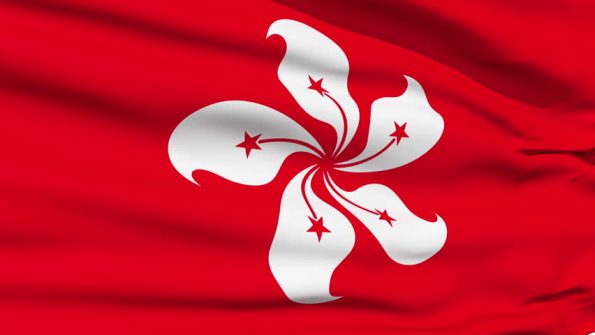
This work is about arguing that the maps of the world should be reconsidered in a global dialogue: in a process that opens the dispute of boundaries between union-states, regions, zones, or other similar geo-political terms. David Marquand, in his important opus The End of the West (2011) reminds us that West and East perhaps never existed and in the case wherein we are told that they do, have, and are: such are parochial and illegitimate claims.
We shall have to put the (Indian) inventors of Arabic numerals in our pantheon alongside the Greek inventors of geometry, and Ibn Rushd alongside Aristotle. We shall have to abandon our self-centred and patronizing belief that democracy and free discussion were exported to a backward “East” by a progressive “West,” and reconstruct our mental universe to take account of the indigenous Indian tradition of public reasoning and religious toleration that long antedated the “Western” presence in the subcontinent. More generally, we shall have to recognize that the familiar “Western” narrative of global history, in which uniquely precious and, in evolutionary terms, uniquely successful “Western” values moulded the modern world in our greatgrandparents’ image, is a parochial distortion of a far more complex truth.
His argument, I feel, is important because it chal-lenges what many in this world have come to take for granted. In the case of this paper, it is the maps we are familiar with, the design of the globe that we have on our desks or which are offered to our children, which are parochial and relics of imperial abuses. This discussion is a needed one, as we have for example, no clear indication as to where Europe stops and that indigenous peoples for example have not had the inclusive and
…
…
Published in Political Reflection Magazine Vol. 3 No. 1




